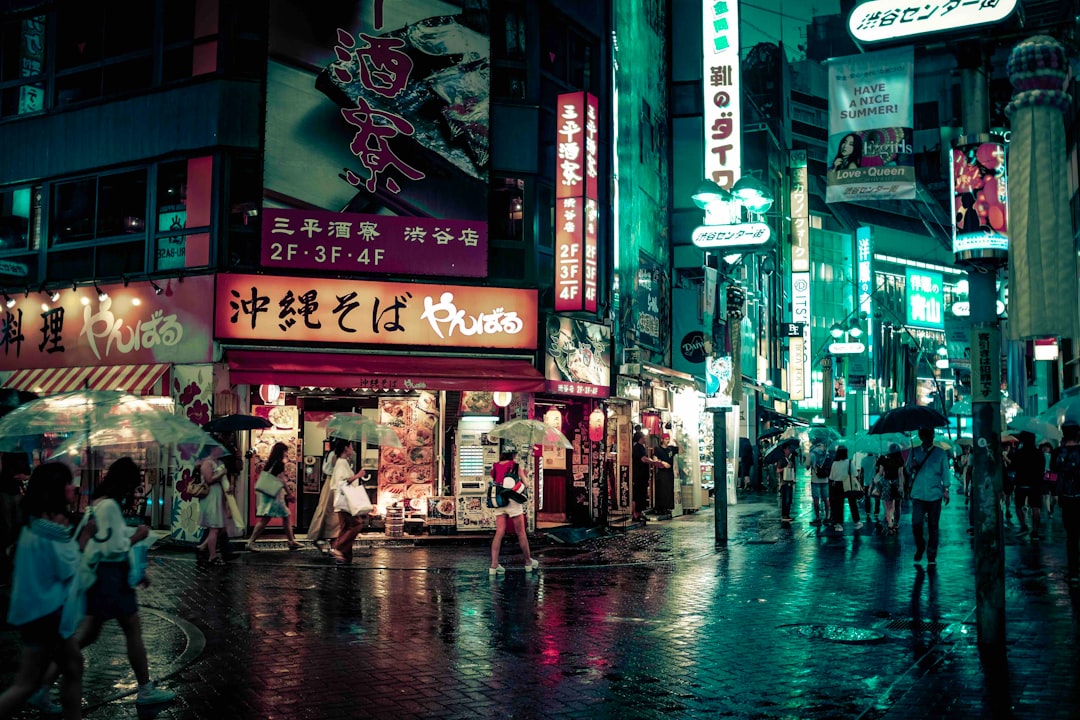
Creating the Perfect Travel Itinerary: Key Elements to Include.
# Introduction. Planning a trip can be both exciting and overwhelming, especially when it comes to organizing the itinerary. A well-crafted travel itinerary not only maximizes your travel experience but also minimizes chaos and uncertainties during the trip. It serves as a roadmap that guides you through your destination, ensuring that you make the most of your time exploring new cultures, landscapes, and cuisine. In this blog post, we’ll explore what to include in your travel itinerary to create a seamless travel experience. # Destination Overview. The foundation of any itinerary begins with a clear understanding of your destination. This section should encapsulate vital details about the country or city you are visiting, from the climate to local customs and languages. Including this information not only prepares you for what to expect but also enhances your cultural appreciation. Researching your destination allows you to set realistic expectations about weather conditions, travel restrictions, and local holidays that may impact your plans. Additionally, you may want to note down emergency contact numbers, the nearest embassy or consulate, and helpful apps or websites to assist you while traveling. # Daily Breakdown: Scheduling Activities. One of the essential components of your itinerary is a daily breakdown of activities. This includes sightseeing tours, museum visits, restaurant reservations, and recreational activities. Be sure to allocate specific time slots for each activity to help you stay organized and manage your time efficiently. Be mindful of scheduling some downtime as well. It provides a chance to relax, adjust to the new environment, and explore local areas spontaneously. To make the best use of your time, consider grouping nearby attractions together and starting your day with popular, must-see locations since they can get crowded later in the day. # Accommodation Details. Your travel itinerary should prominently feature your accommodation details, including hotel or rental addresses, contact information, and check-in/check-out times. This section is not just about where you will be sleeping; it can also serve as a mini-guide to amenities offered in your accommodation, such as breakfast hours, pool access, or shuttle service to local attractions. Don’t forget to add up-to-date directions from the airport or train station to your accommodation; knowing the best transport options can save you a lot of hassle upon arrival. # Transportation Plans. Transportation logistics are crucial for a smooth trip. Including details on how you plan to get around your destination—whether it's using public transport, renting a car, or relying on taxis—helps you plan and budget accordingly. Make a note of public transport schedules, local taxi services, or bicycle rentals. If you have confirmed bookings for inter-city travel, like train tickets or domestic flights, ensure this information is part of your itinerary as well. Always have a backup plan for transportation in case of unforeseen delays or cancellations. # Local Cuisine and Restaurants. Food is an integral part of exploring a new destination, and including our itinerary will enhance your travel experience significantly. Research and list local restaurants, street food markets, or unique dining experiences you’d like to try. It can be helpful to make reservations for popular places to avoid long waits, especially during peak seasons. Additionally, consider including dining experiences that allow you to taste local cuisine, participate in cooking classes, or visit famers' markets. # Essential Packing Tips. Your travel itinerary can also include a packing checklist tailored to your destination. This is especially useful for international travel, where you might need specific clothing or gear based on the climate and activities. Include reminders for essential documents such as passports, visas, and health insurance. Also, dress appropriately based on planned activities; for example, hiking boots for adventurous days or smart casual attire for dining out. # Conclusion. Creating a comprehensive travel itinerary can greatly enrich your travel experience. By including vital destination overviews, a daily breakdown of activities, accommodation information, transportation plans, dining options, and packing tips, you set yourself up for a well-organized and fulfilling adventure. Remember that flexibility is key, so while it’s good to have a plan, leave room for spontaneity and new experiences. Enjoy your travels! .






